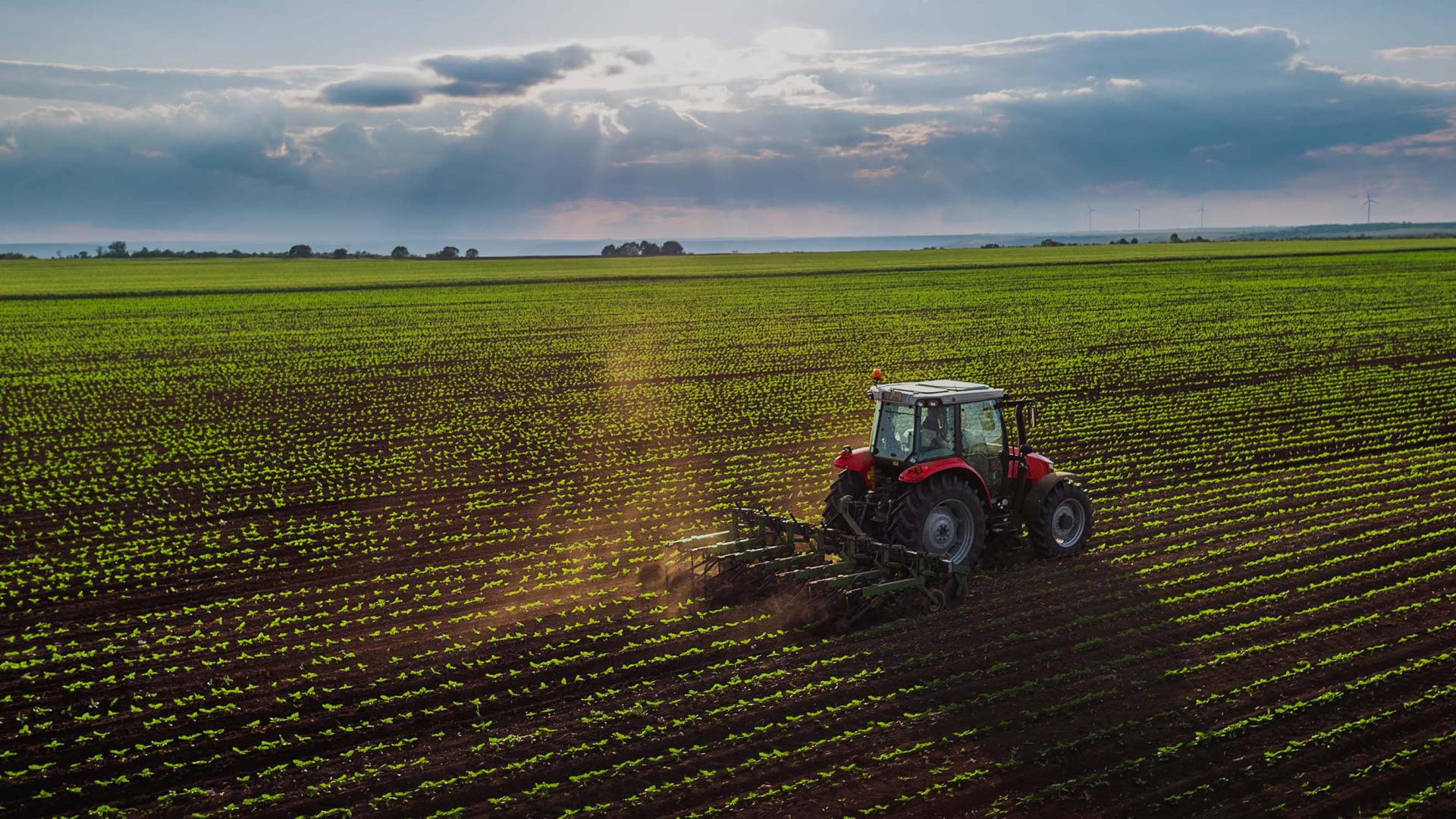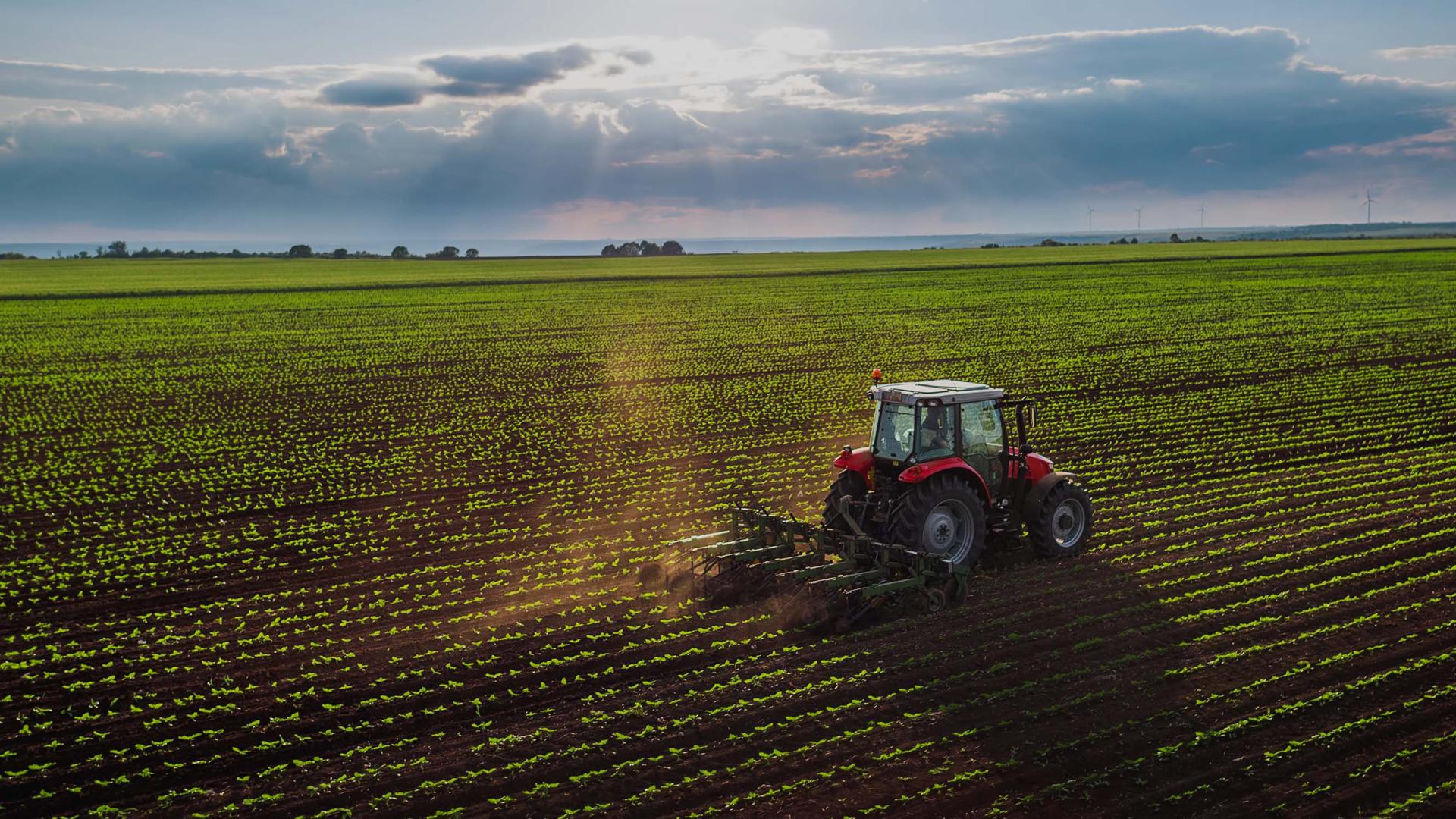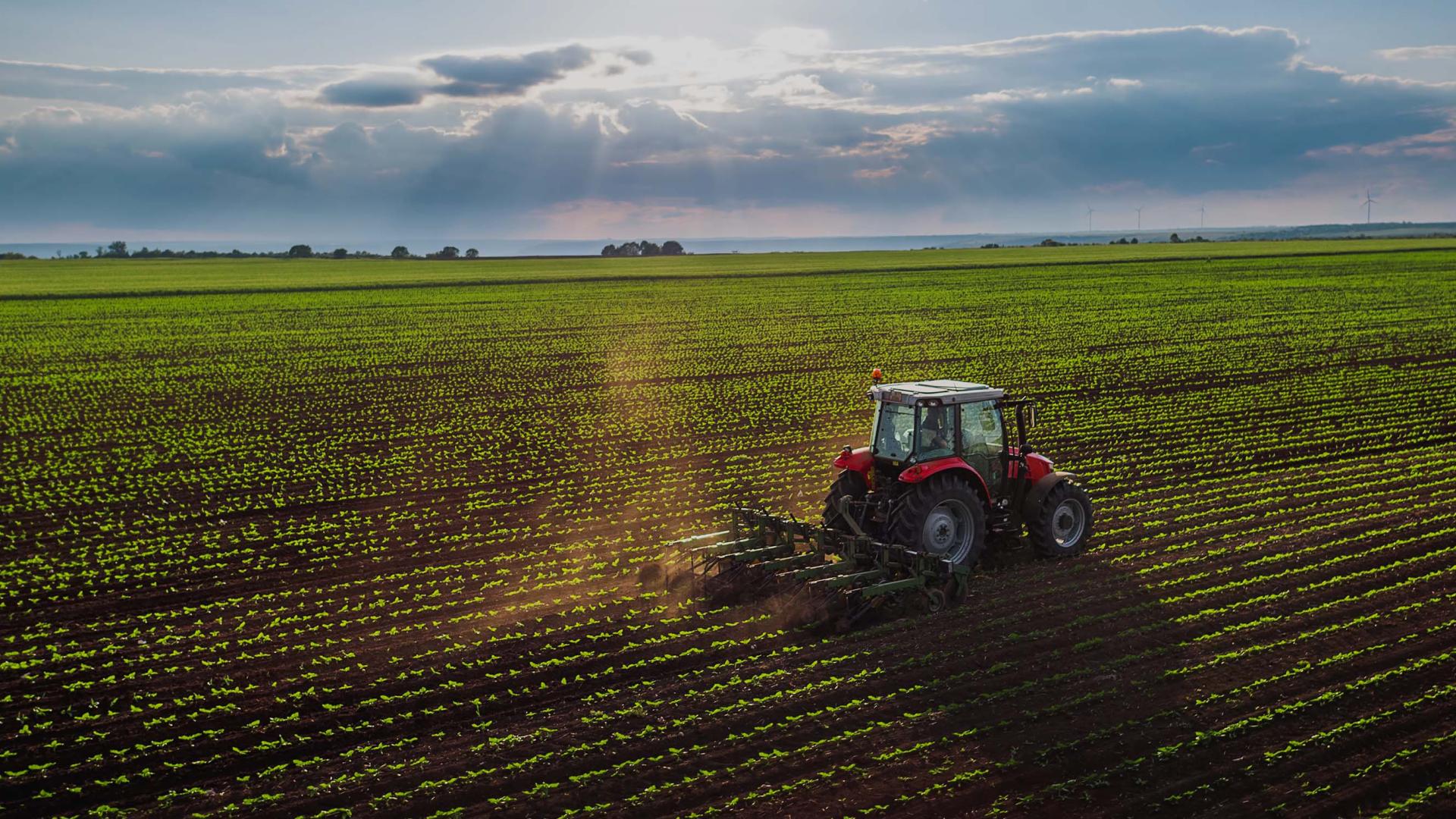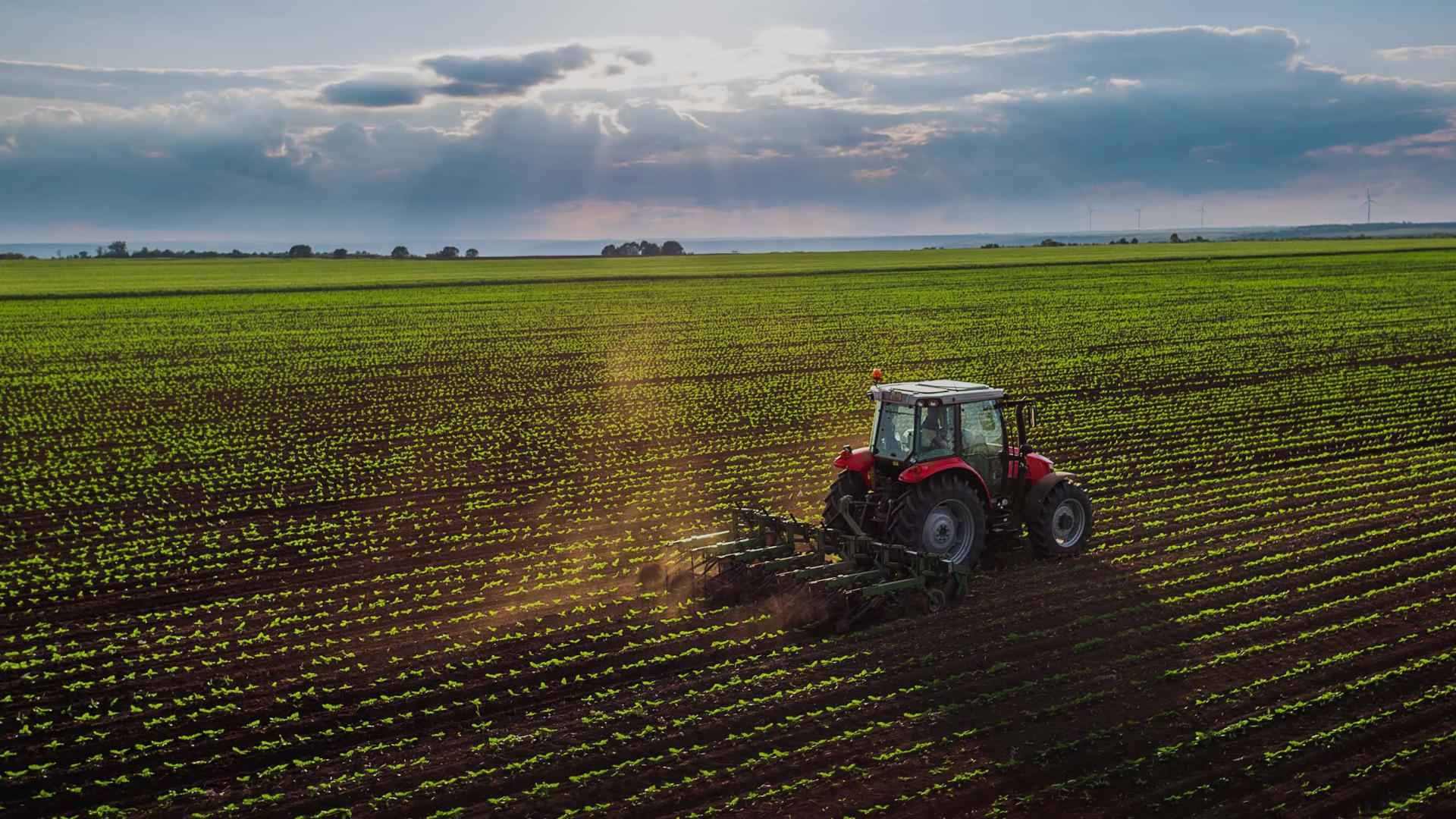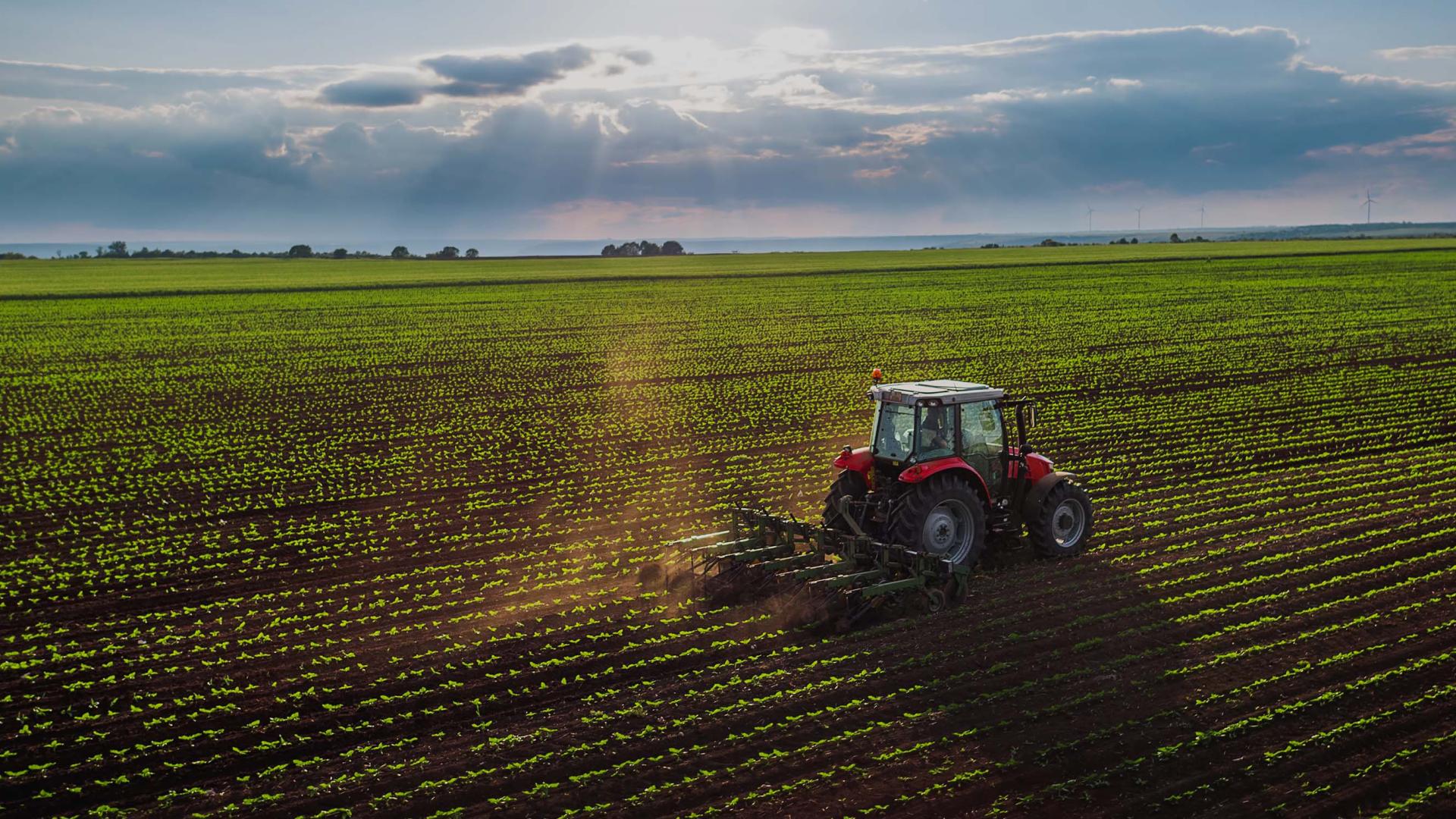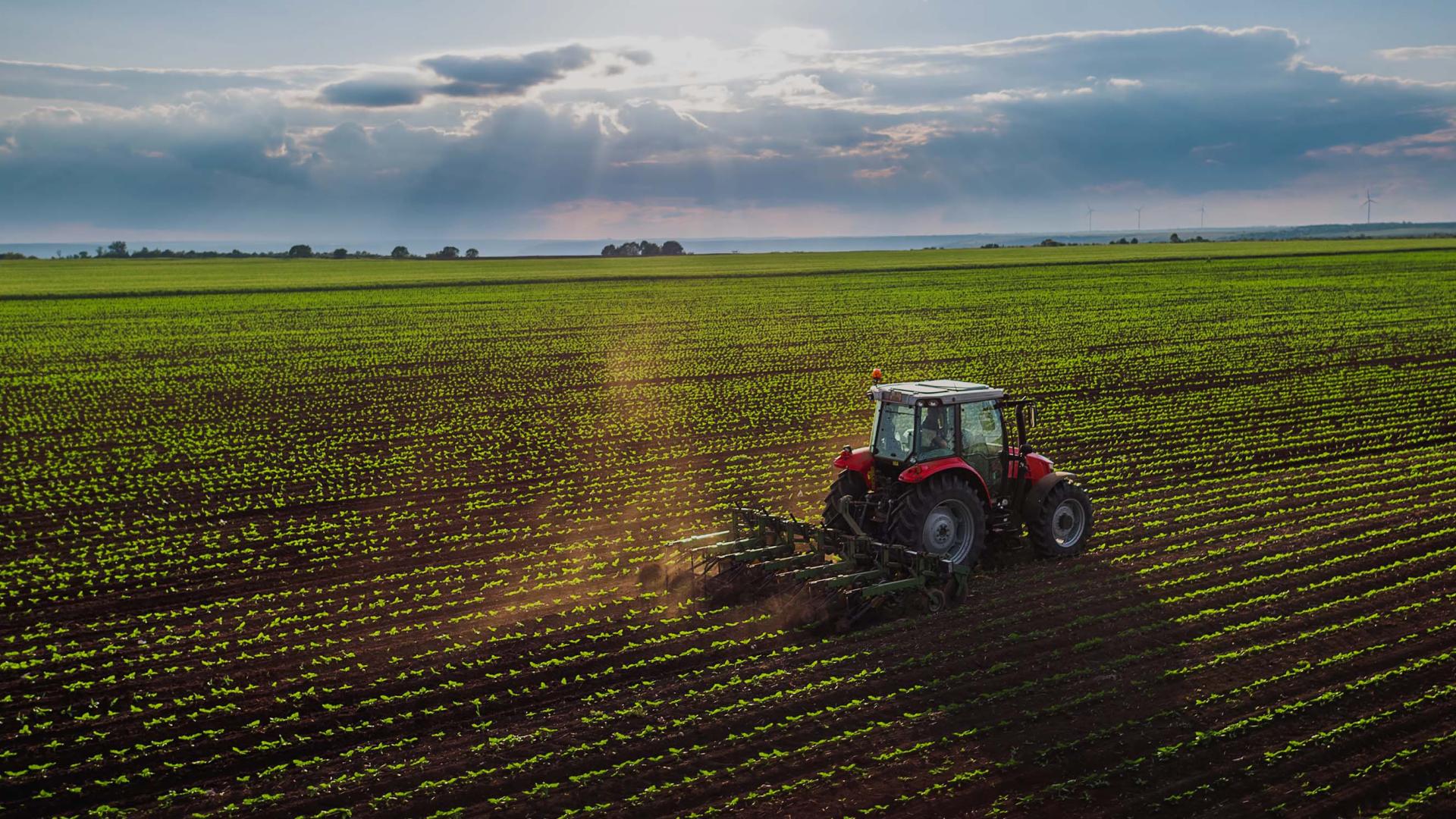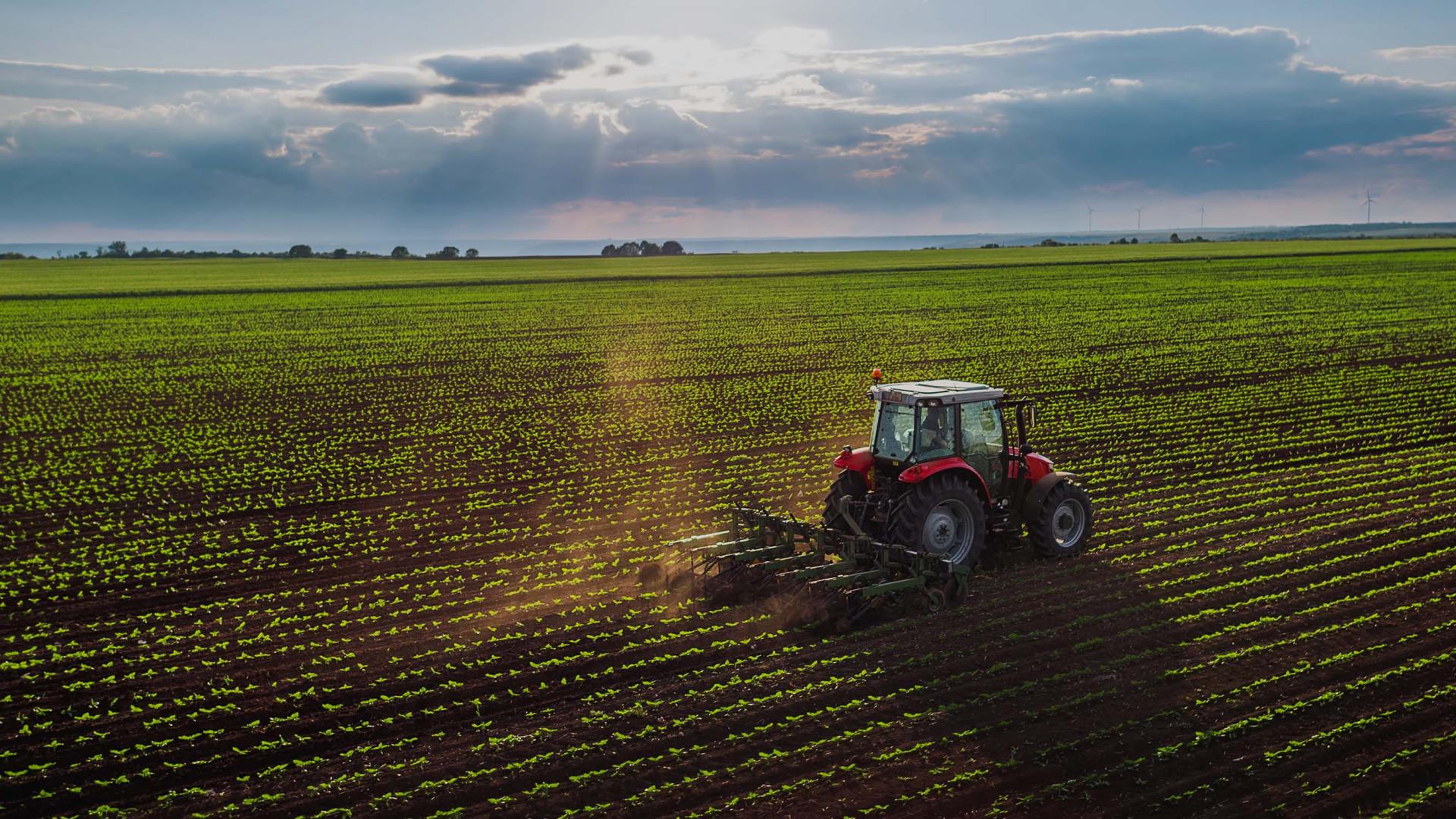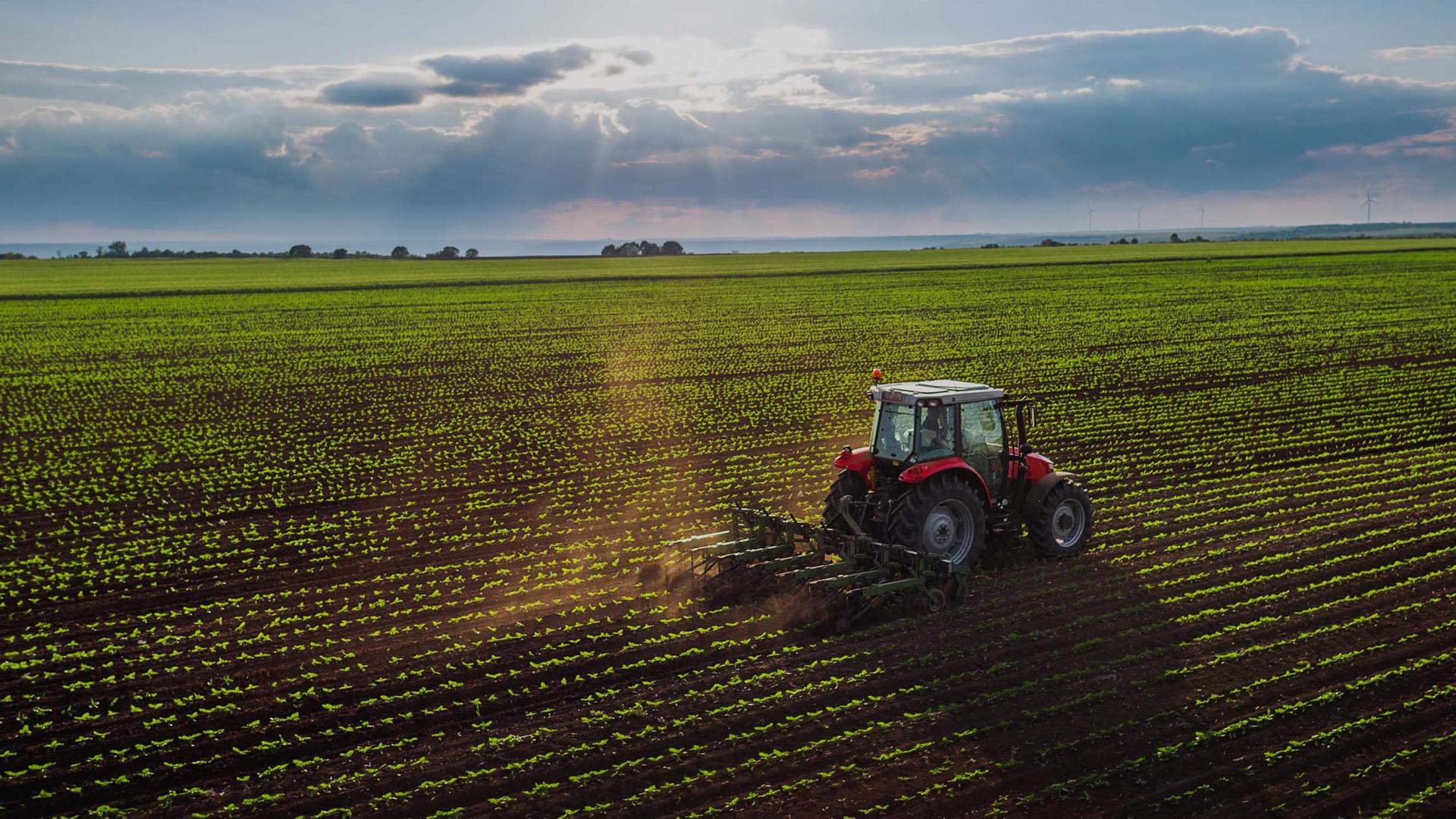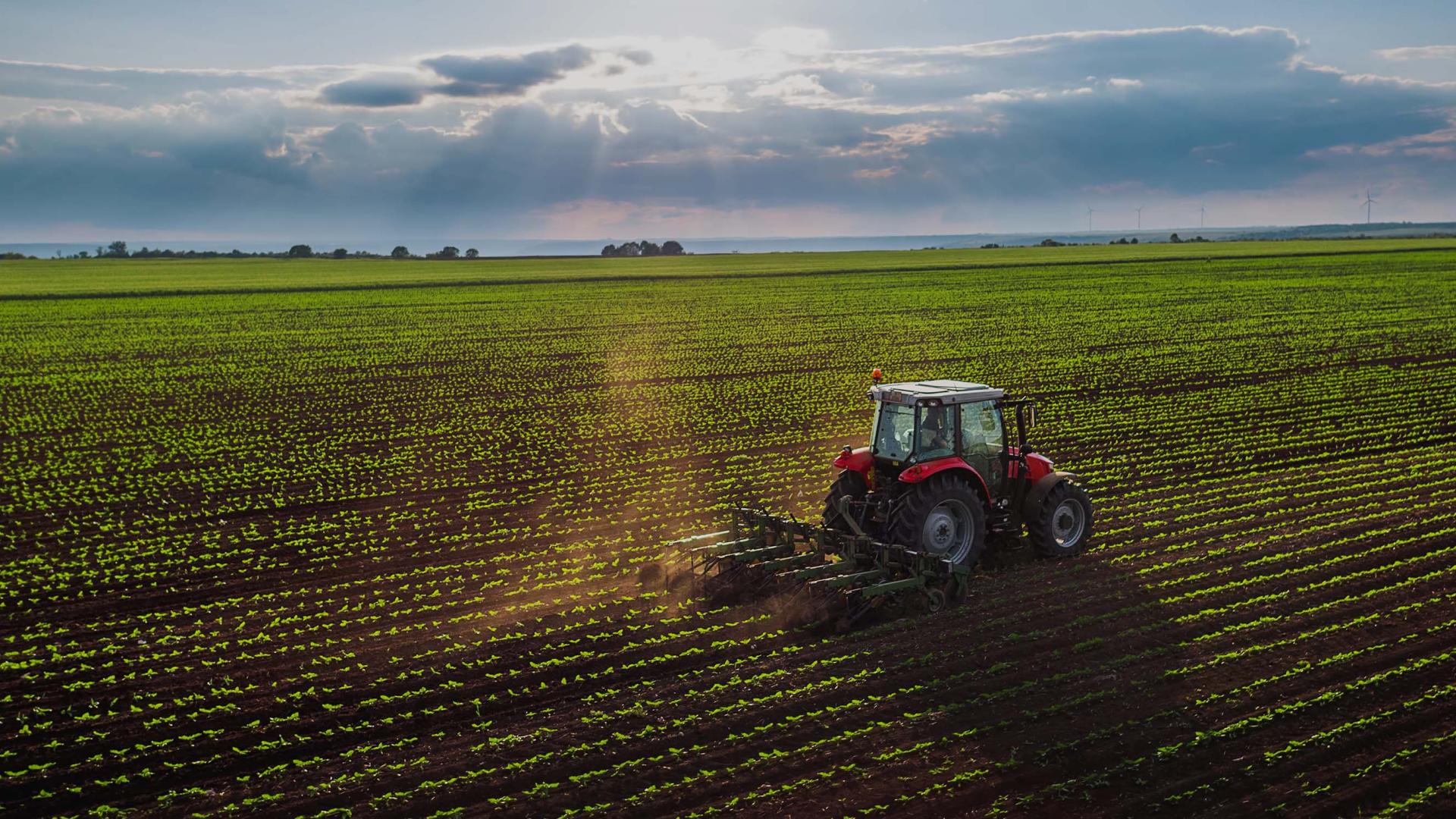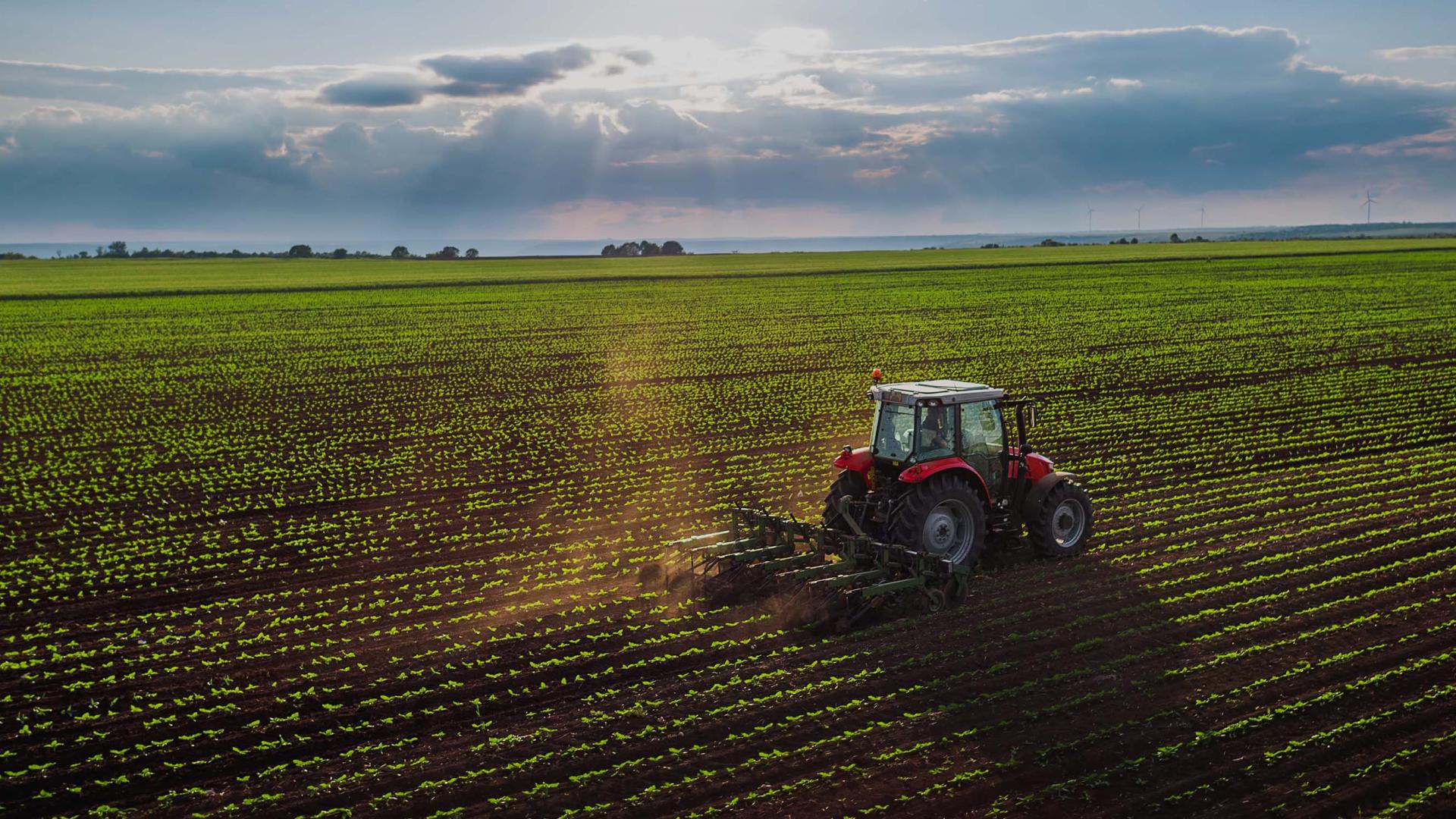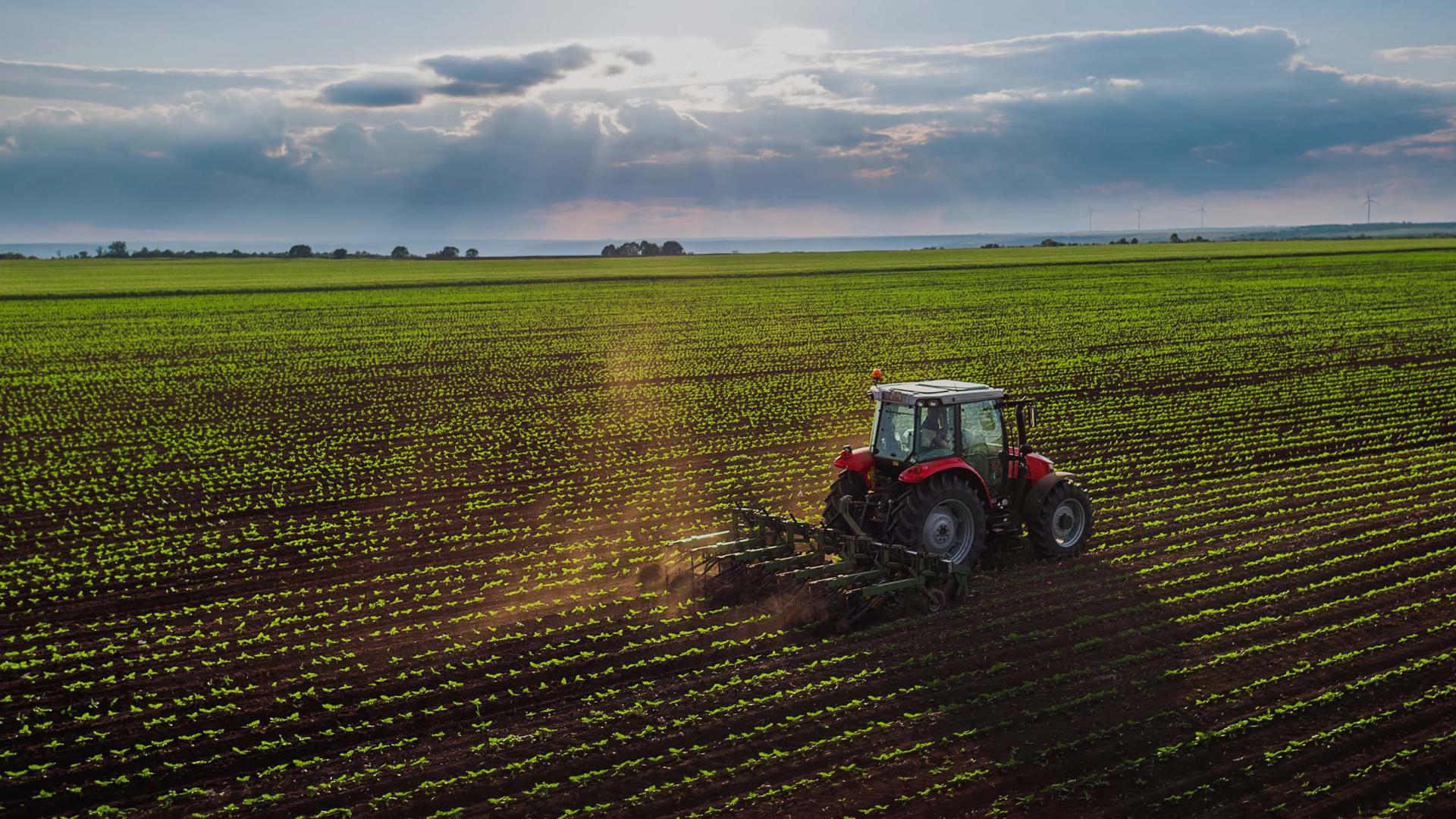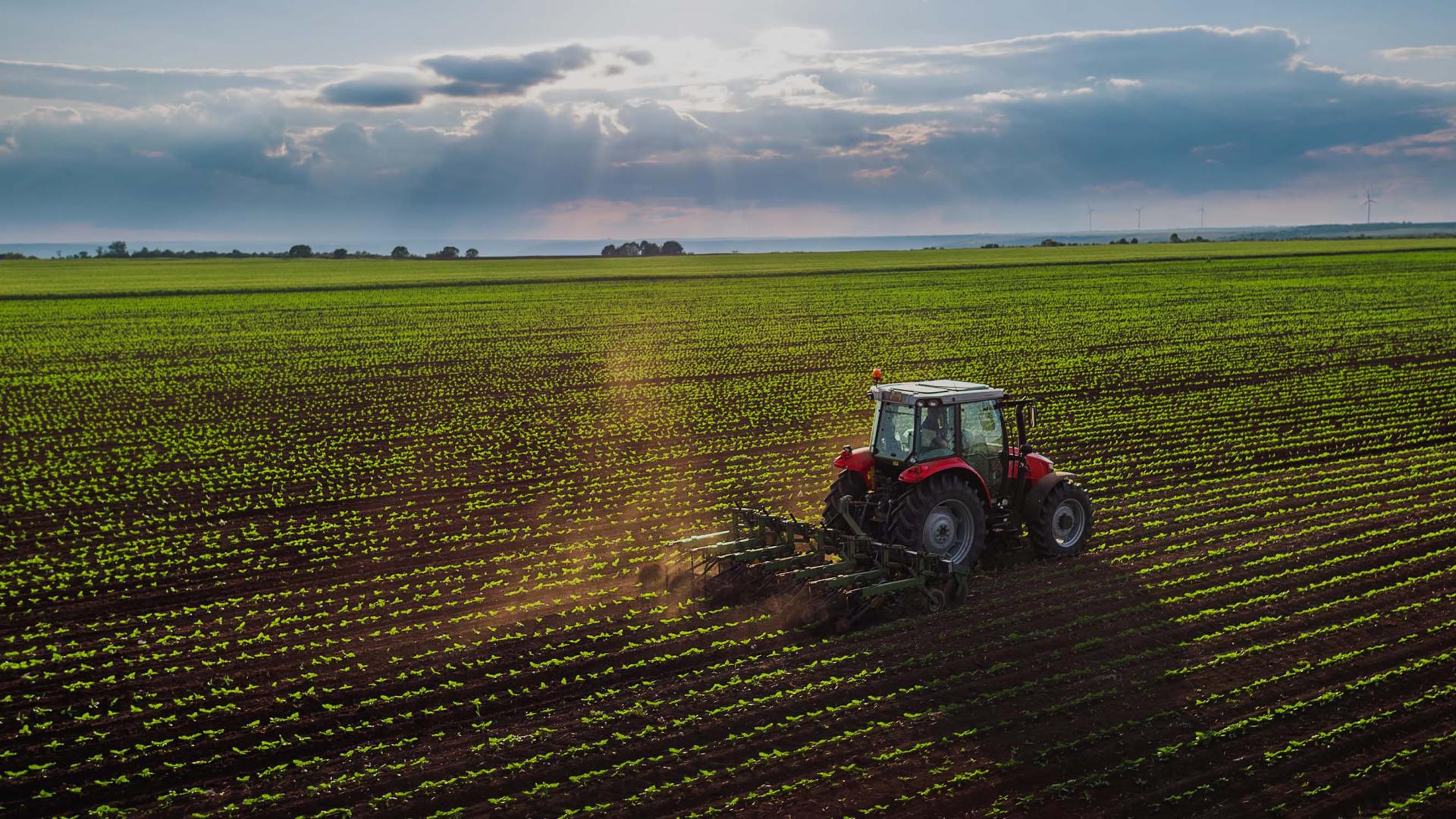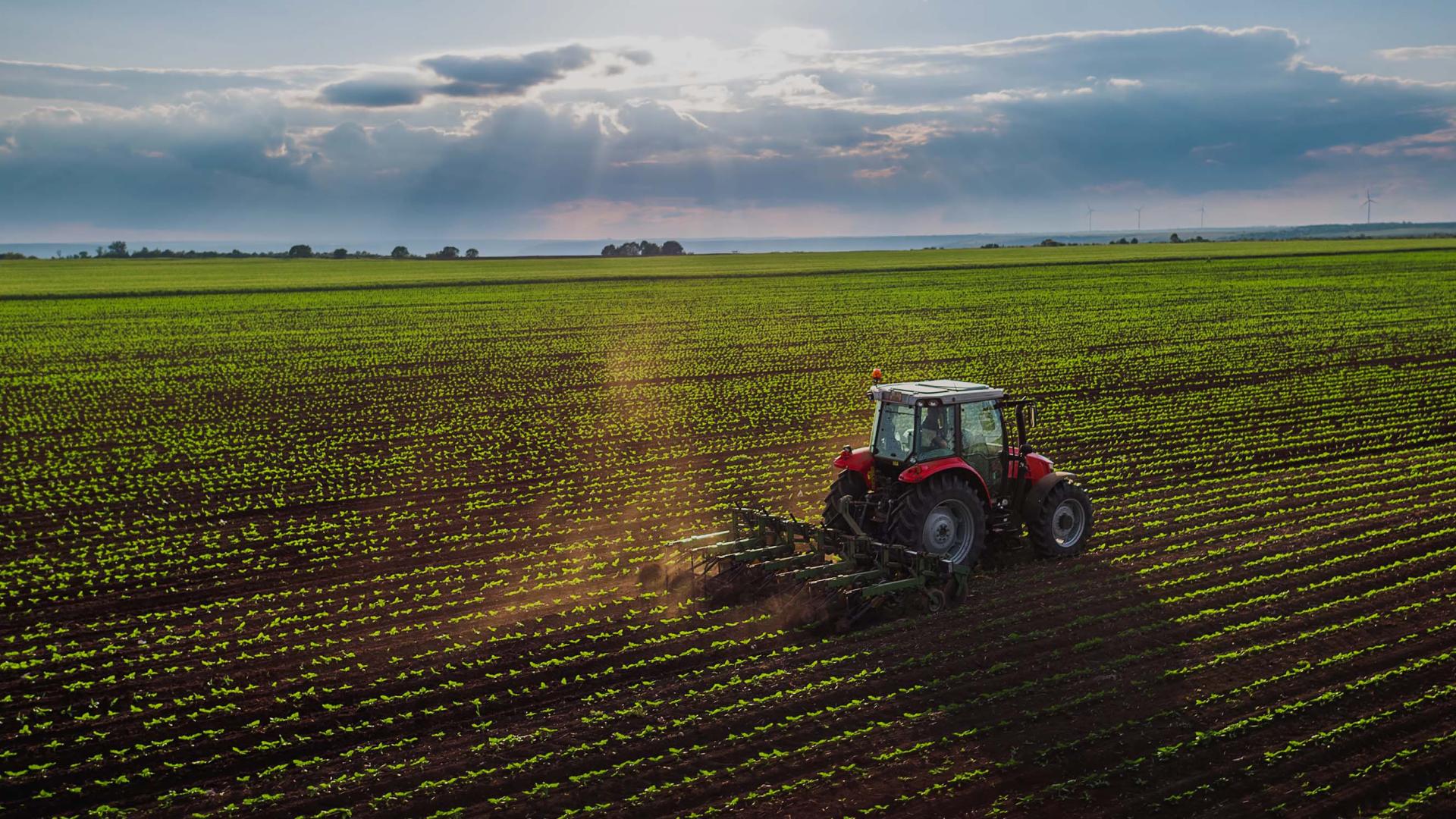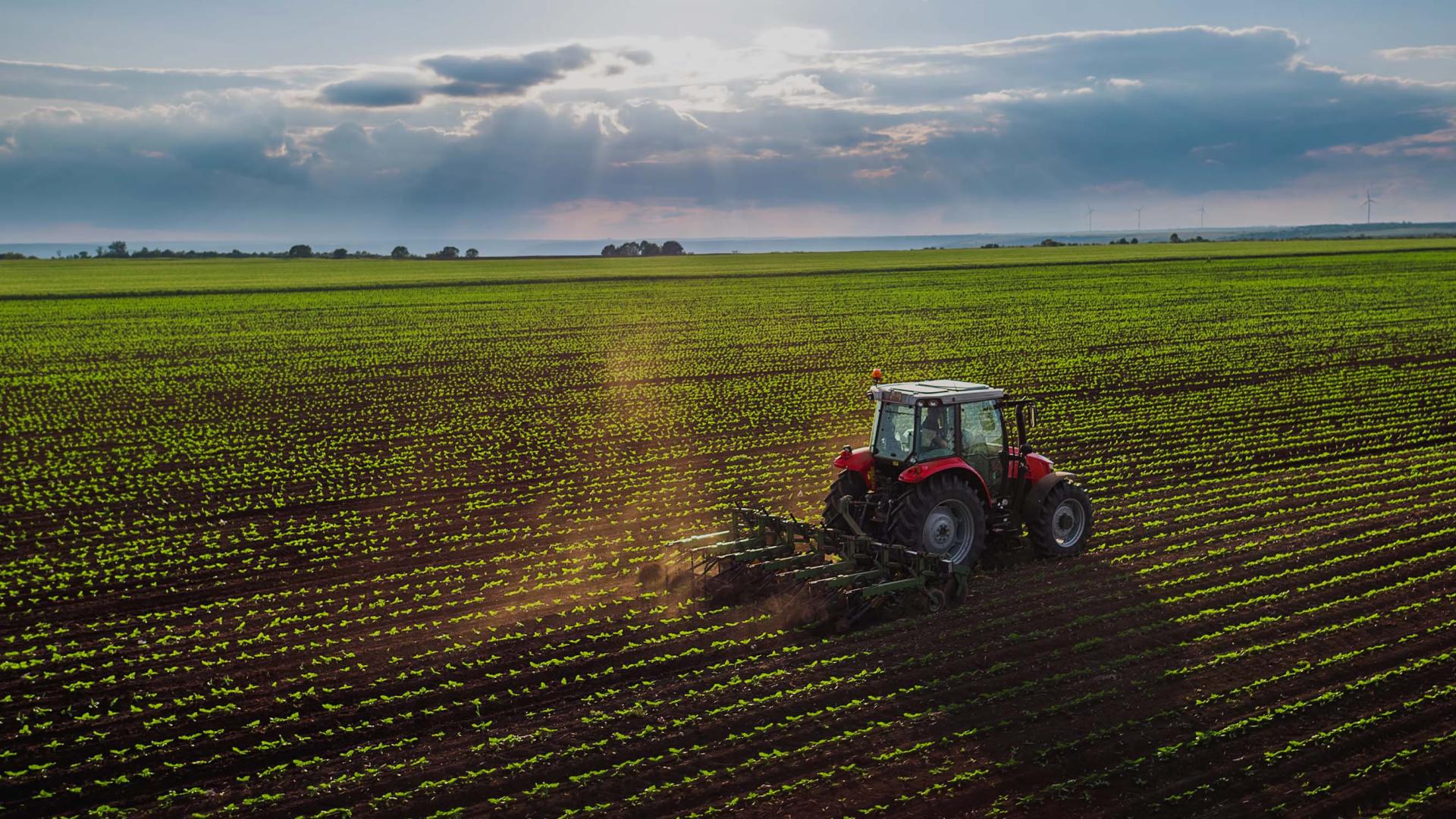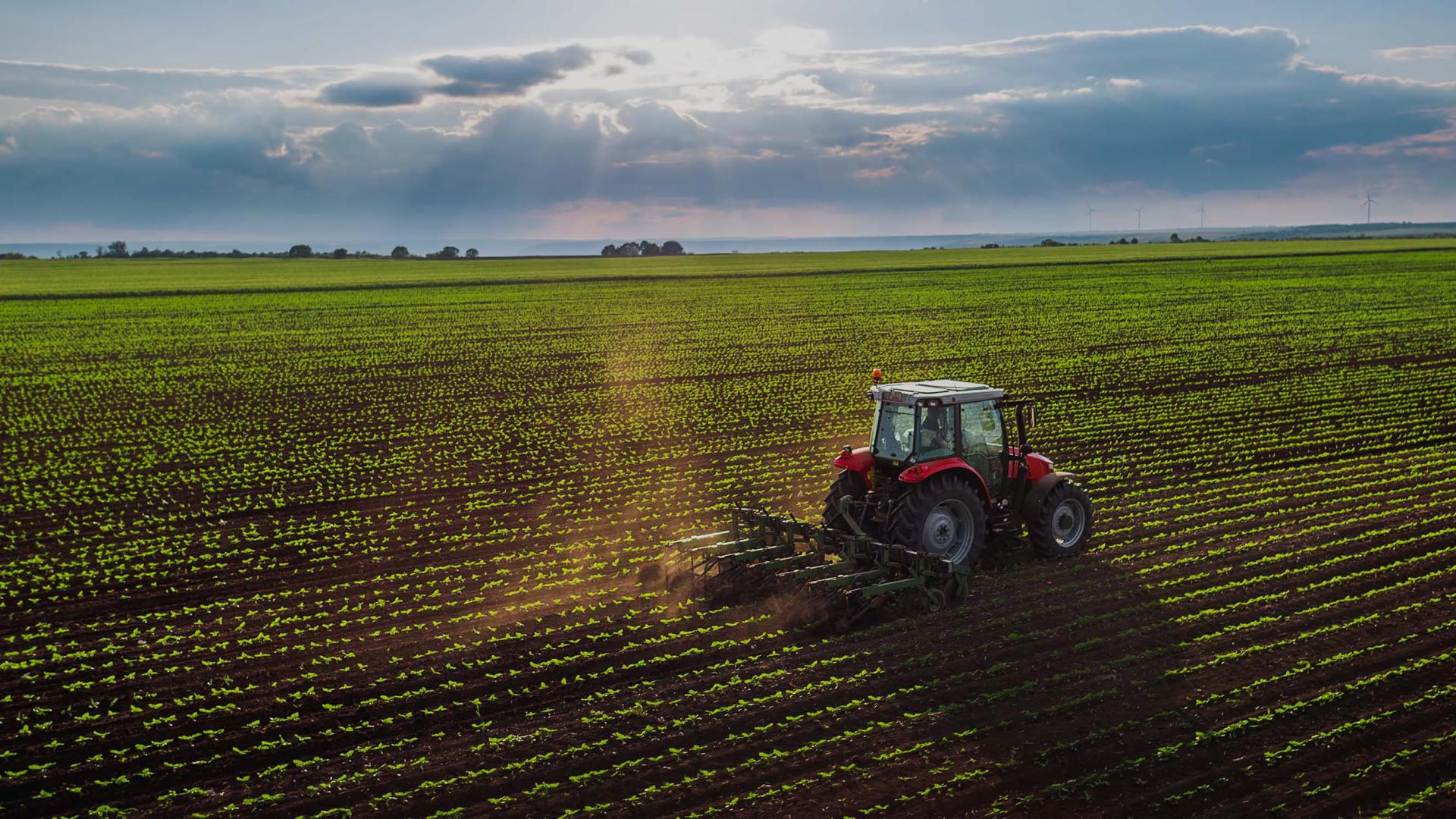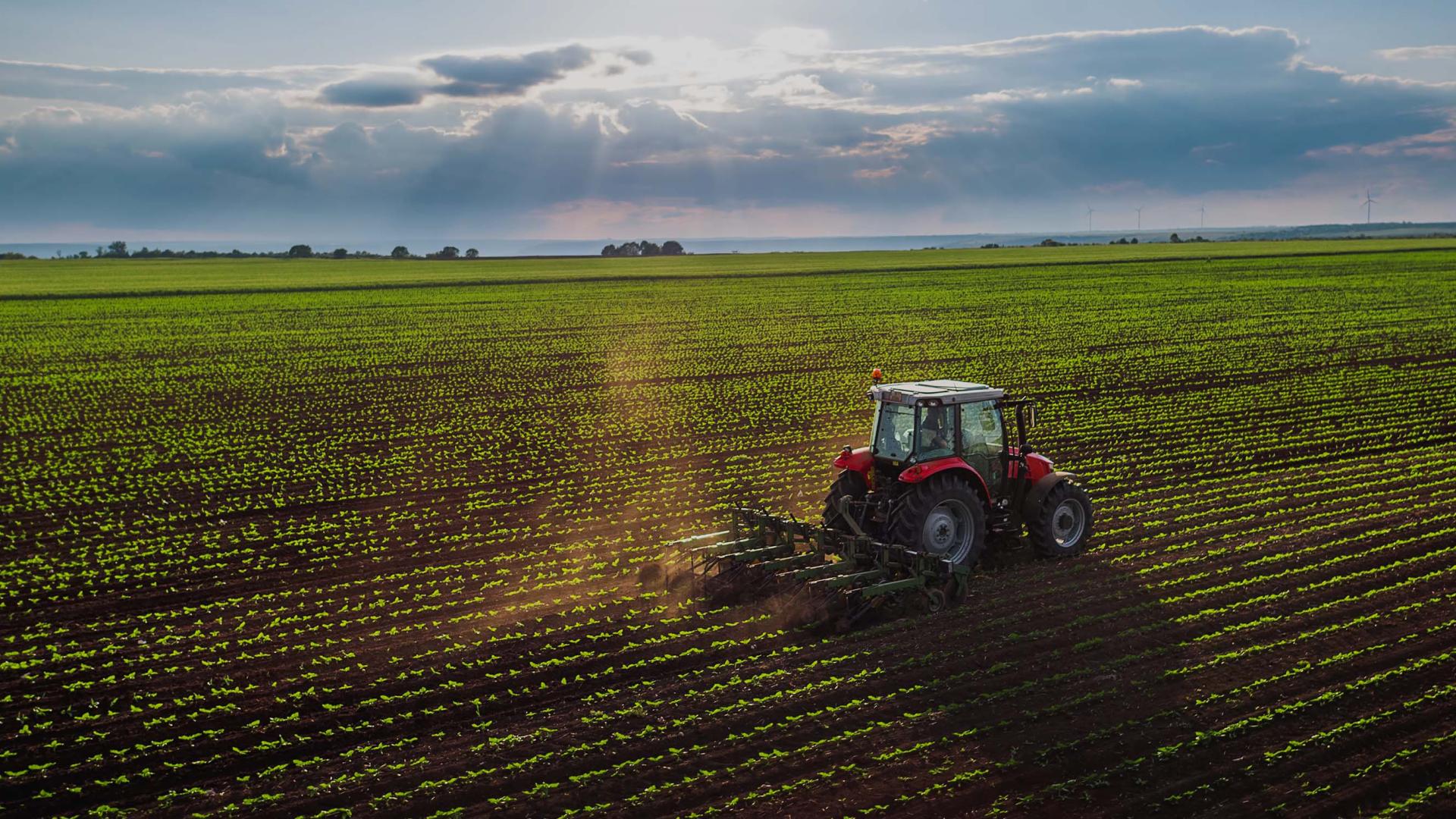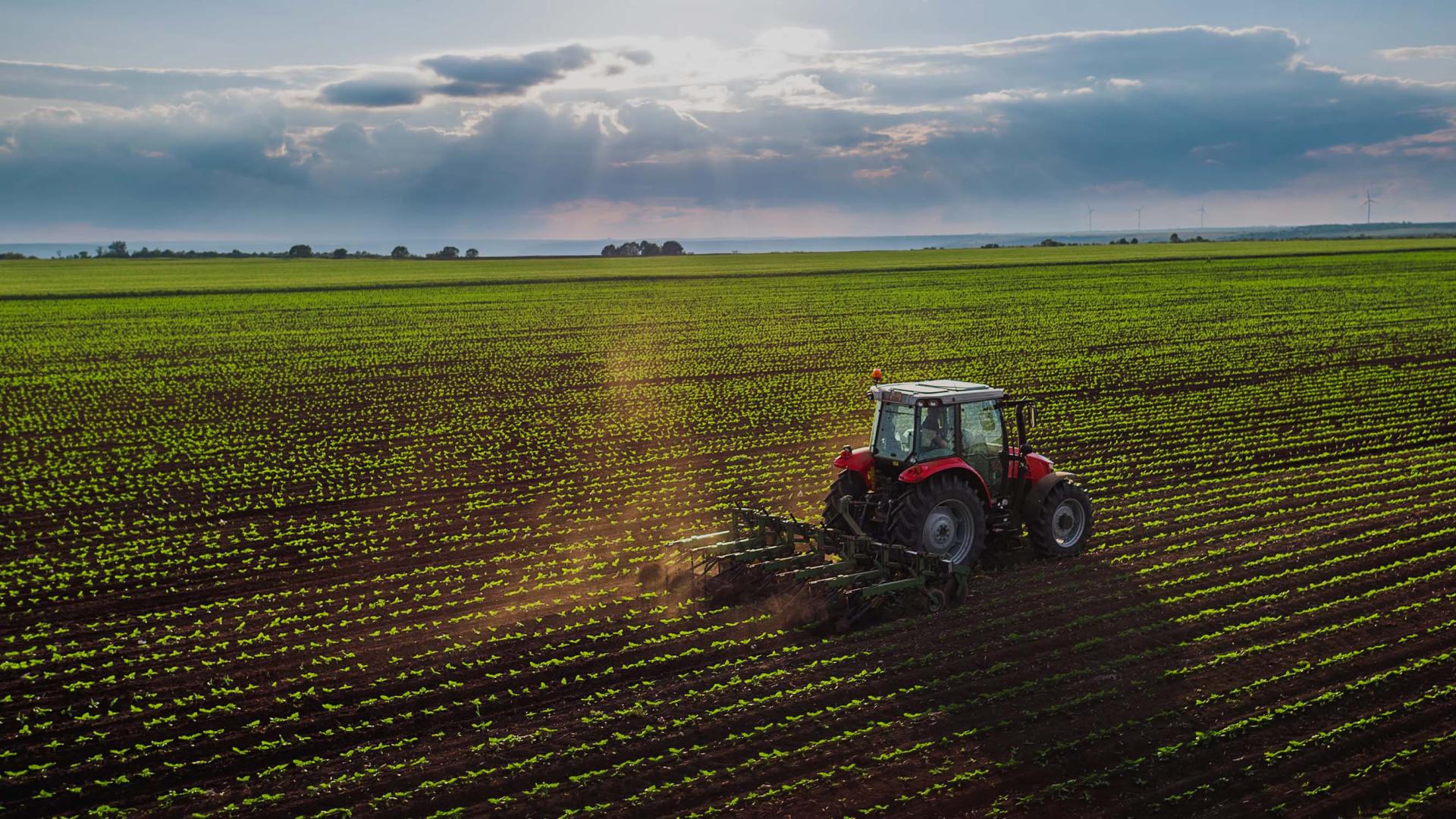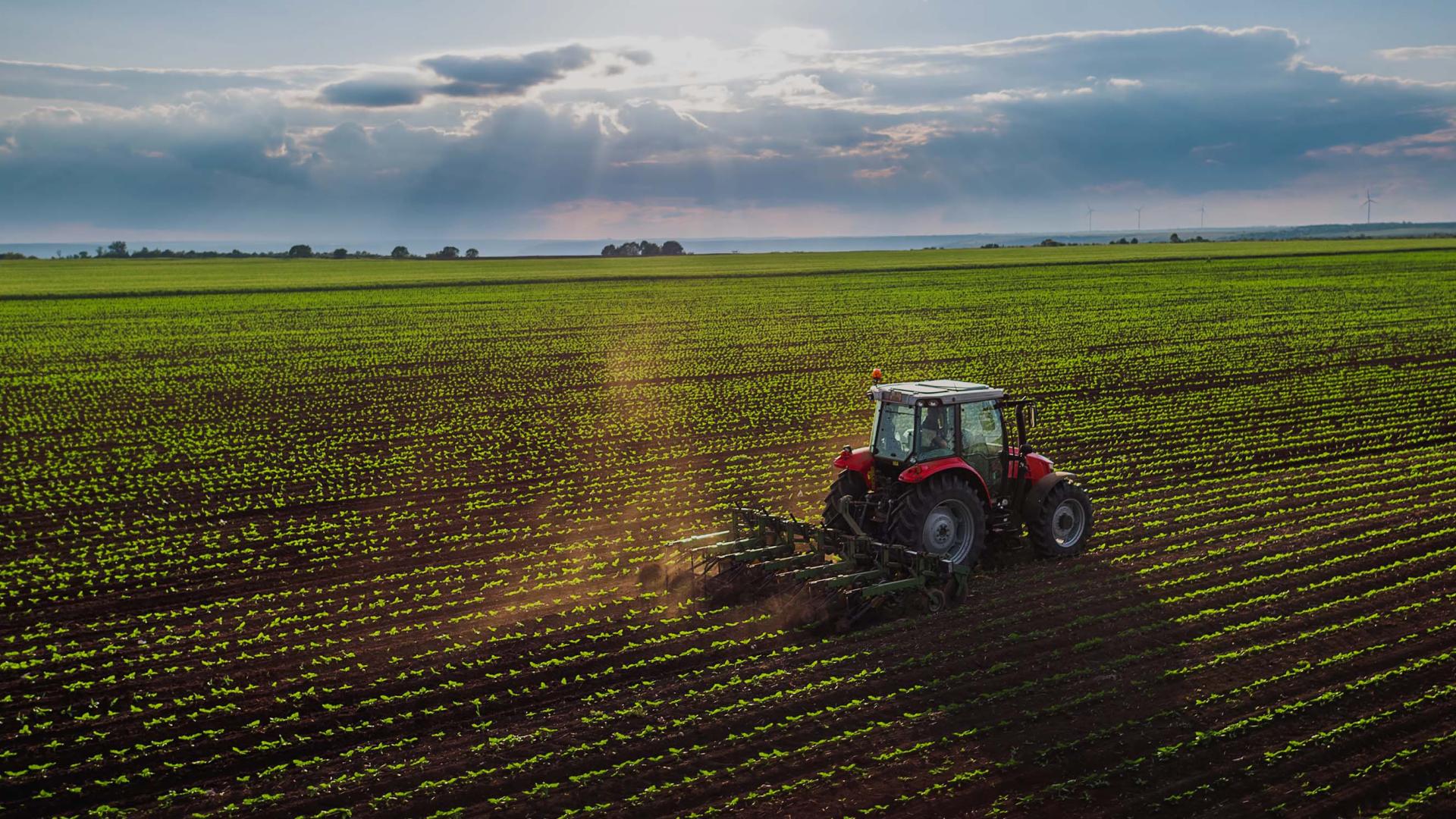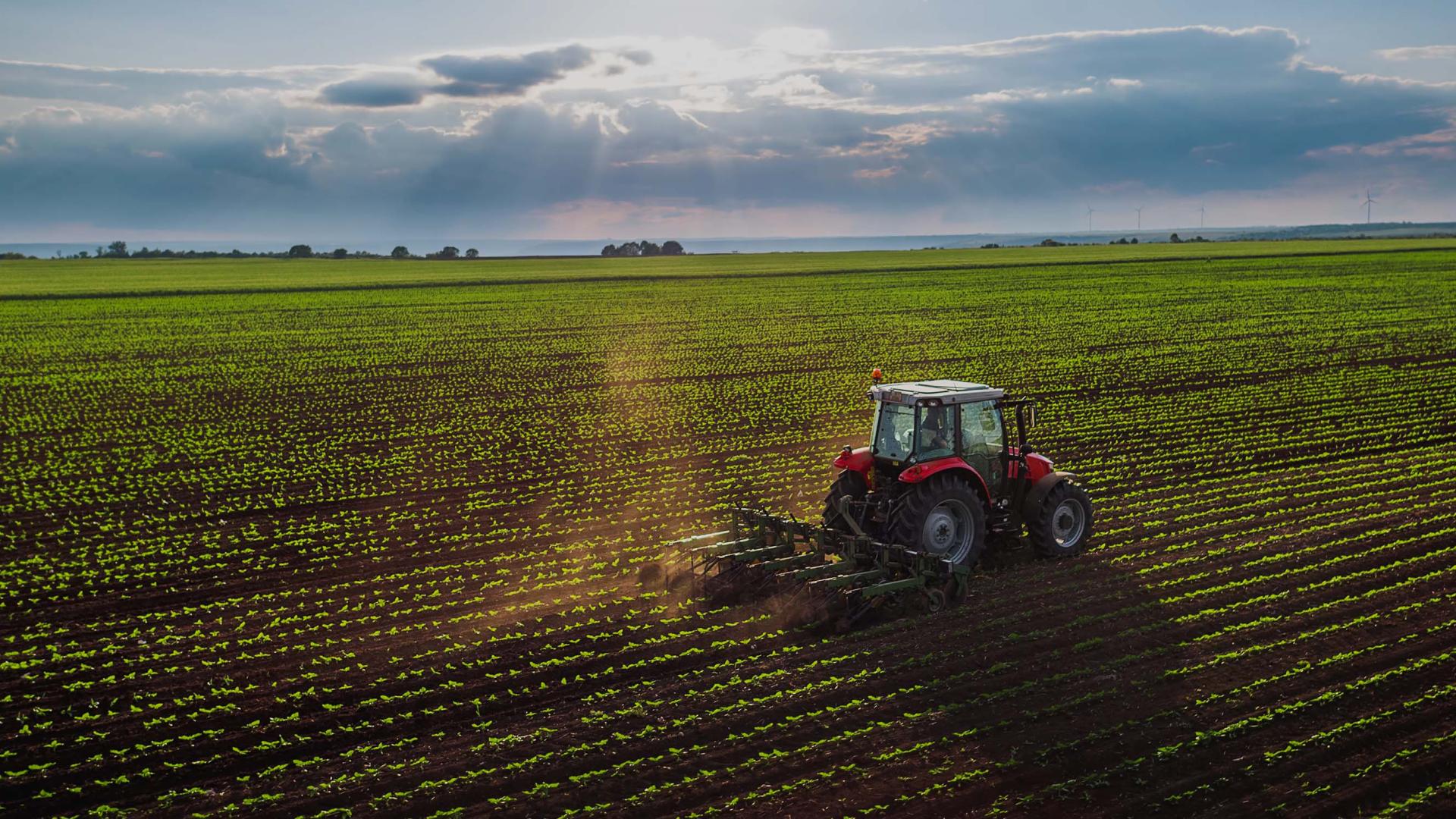Farm shops represent a unique blend of agricultural production and retail commerce, creating distinctive insurance needs that standard bus…
Farm Contents Insurance: Protecting Your Agricultural Assets
Farm contents insurance is a specialized form of coverage designed to protect the valuable moveable assets that keep agricultural operations running smoothly. Unlike standard commercial contents insurance, farm contents policies are specifically tailored to address the unique risks and requirements of agricultural businesses, from small family farms to large commercial operations.
What is Farm Contents Insurance?
Farm contents insurance provides financial protection for the moveable property and equipment essential to your farming operation. This coverage extends beyond basic household contents to include specialized agricultural equipment, livestock feed, stored crops, tools, and machinery that aren't permanently fixed to buildings.
The policy typically covers items housed within farm buildings such as barns, storage sheds, milking parlors, and other agricultural structures. It's designed to complement farm buildings insurance, which covers the physical structures themselves.
What Does Farm Contents Insurance Cover?
Farm contents insurance typically includes protection for:
Agricultural Machinery and Equipment
- Tractors and attachments
- Harvesting equipment
- Milking equipment and dairy machinery
- Irrigation systems
- Workshop tools and equipment
- Generators and pumps
Livestock-Related Items
- Feed and bedding materials
- Veterinary supplies and medicines
- Livestock handling equipment
- Fencing materials and gates
Stored Produce and Crops
- Harvested crops awaiting sale
- Seeds and planting materials
- Fertilizers and pesticides
- Stored grain and hay
General Farm Contents
- Office equipment and computers
- Furniture and fixtures
- Stock and supplies
- Personal effects of farm workers
Specialized Coverage Options
- Seasonal workers' tools and equipment
- Contractors' equipment temporarily on site
- Goods in transit between farm locations
- Spoilage of perishable goods due to power failure
Key Risks Covered
Farm contents insurance protects against various perils that could damage or destroy your agricultural assets:
Fire and Explosion
Agricultural operations face heightened fire risks due to stored hay, grain dust, fuel storage, and electrical equipment. Coverage includes damage from fires, lightning strikes, and explosions.
Theft and Vandalism
Rural locations can be vulnerable to theft of valuable equipment and machinery. Coverage includes theft of contents from buildings and vandalism damage.
Weather-Related Damage
- Storm damage and high winds
- Hail damage to stored crops
- Flood damage to contents
- Snow and ice damage
Accidental Damage
Coverage for accidental damage to equipment and contents, including damage caused during routine farm operations.
Malicious Damage
Protection against intentional damage caused by third parties, including damage to equipment and stored goods.
Why Farm Contents Insurance is Essential
High Asset Values
Modern farming operations rely on expensive machinery and equipment. A single tractor can cost hundreds of thousands of pounds, while specialized equipment like combine harvesters represent significant investments.
Seasonal Vulnerabilities
Farms face seasonal risks, from harvest-time fire hazards to winter storm damage. Insurance provides year-round protection against these varying threats.
Remote Locations
Many farms are located in remote areas where emergency response times may be longer, potentially increasing damage severity.
Cash Flow Protection
Farm contents insurance helps maintain cash flow by covering replacement costs, preventing the need for large unexpected capital expenditures.
Business Continuity
Quick replacement of essential equipment ensures farming operations can continue with minimal disruption during critical periods like planting or harvesting.
Factors Affecting Farm Contents Insurance Premiums
Farm Size and Type
Larger operations with more valuable contents typically pay higher premiums. The type of farming operation also affects costs, with some activities considered higher risk.
Security Measures
Farms with robust security systems, including alarms, CCTV, and secure storage facilities, often qualify for premium discounts.
Location
Farms in areas prone to flooding, storms, or high crime rates may face higher premiums.
Claims History
A history of previous claims can impact premium costs, while a clean claims record may result in no-claims discounts.
Sum Insured
The total value of contents being insured directly affects premium costs. Regular valuations ensure adequate coverage without over-insuring.
Risk Management
Farms that demonstrate good risk management practices, such as proper storage of flammable materials and regular equipment maintenance, may benefit from reduced premiums.
Choosing the Right Farm Contents Insurance
Accurate Valuation
Ensure your sum insured reflects the current replacement value of all contents. Consider inflation and equipment appreciation when setting coverage limits.
Seasonal Adjustments
Some policies allow for seasonal adjustments to reflect varying stock levels throughout the farming year.
New for Old Cover
Opt for new-for-old replacement cover rather than indemnity policies, which only pay the depreciated value of damaged items.
Automatic Cover Increases
Consider policies that automatically increase coverage limits annually to account for inflation and new purchases.
Specialist Insurers
Work with insurers who specialize in agricultural risks and understand the unique needs of farming operations.
Common Exclusions and Limitations
Wear and Tear
Normal wear and tear, gradual deterioration, and maintenance issues are typically excluded from coverage.
Vermin and Pest Damage
Damage caused by rats, mice, insects, and other pests is usually excluded unless resulting from an insured peril.
Mechanical Breakdown
Mechanical or electrical breakdown of equipment is typically excluded unless caused by an insured event.
Pollution
Gradual pollution or contamination is usually excluded, though sudden and accidental pollution may be covered.
War and Nuclear Risks
Standard exclusions apply for war, terrorism (unless specifically covered), and nuclear risks.
Claims Process for Farm Contents Insurance
Immediate Steps
- Ensure safety of people and livestock
- Contact emergency services if required
- Notify your insurer as soon as possible
- Take photographs of damage
- Secure the area to prevent further damage
Documentation Required
- Proof of ownership for damaged items
- Purchase receipts and invoices
- Maintenance records for equipment
- Professional valuations for high-value items
- Police reports for theft or vandalism
Loss Adjusters
For significant claims, insurers may appoint specialist agricultural loss adjusters who understand farming operations and equipment values.
Temporary Arrangements
Many policies include cover for temporary replacement equipment to maintain essential farm operations during the claims process.
Additional Considerations
Business Interruption
Consider adding business interruption cover to protect against loss of income following damage to farm contents.
Contractors' Equipment
Ensure coverage extends to contractors' equipment temporarily on your property during busy periods.
Transit Cover
Include coverage for contents while in transit between farm locations or to markets and suppliers.
Personal Effects
If farm workers live on-site, ensure their personal belongings are adequately covered.
Regular Reviews
Conduct annual reviews of your farm contents insurance to ensure coverage remains adequate as your operation grows and evolves.
Farm contents insurance is an essential component of comprehensive farm insurance protection. By understanding the coverage options, risks, and requirements specific to agricultural operations, you can ensure your valuable farm assets are properly protected against the various perils that could threaten your livelihood.
Working with experienced agricultural insurance specialists ensures you receive coverage tailored to your specific farming operation, providing peace of mind and financial security for your agricultural business.


 0330 127 2333
0330 127 2333

